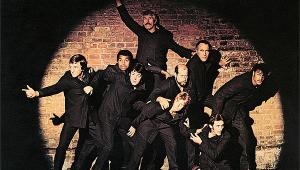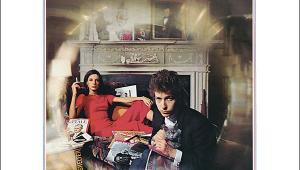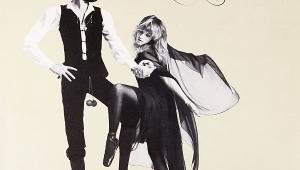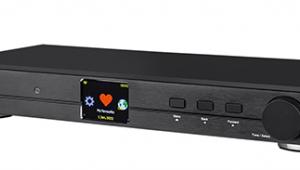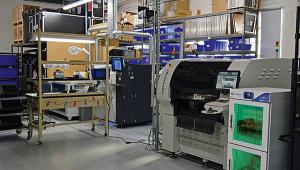Vintage hi-fi: what's hot? Page 2
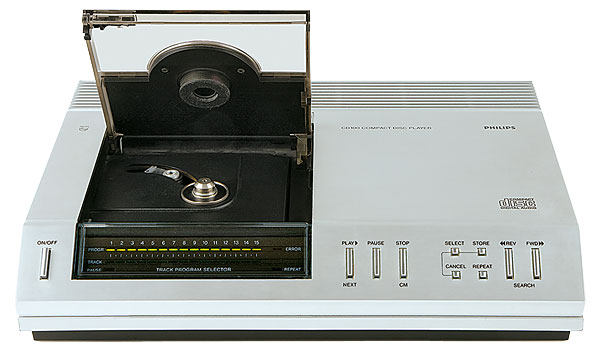
Popular Theme
Still, early CD players now fit firmly into the vintage sphere, with solid interest being shown in the first generations of models such as the Sony CDP-101 and Philips' CD100. Again, the complexity of the technology involved and the shortage of key replacement components like laser pick-ups (a part subject to wear, despite what the original ads said!) has put working examples at a premium. Indeed, the relatively small variety of first-gen machines has made them a popular theme for a small collection.
The end of the '80s marked a time of convergence in the design of CD players, with those from Japan and Europe being constructed along similar lines. With a few exceptions, this date currently represents the cut-off point between 'vintage' and 'secondhand' as far as CD players is concerned. Compact Disc's smaller offshoot, Sony's MiniDisc, has yet to make much impact in vintage hi-fi circles. The recent firming of values for surviving functional machines is probably the result of users wanting to recover legacy recordings rather than representing any direct interest in the equipment itself.
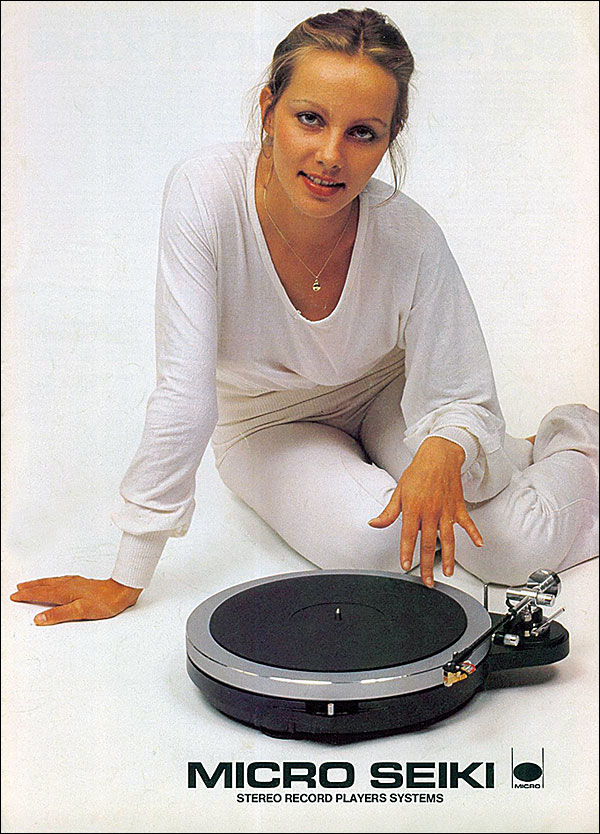
Mature Market
The same goes for Sony's DAT (Digital Audio Tape) machines, for which the lack of replacement head drums is already the cause of a minor crisis. It has been suggested that there are more hours of DAT recordings in the world than there are head-hours left to play them, implying that some of these recordings will never be heard again. This is a technical point as most will be of little consequence, but it is an interesting example of the type of conundrum that old hi-fi equipment can sometimes throw up.
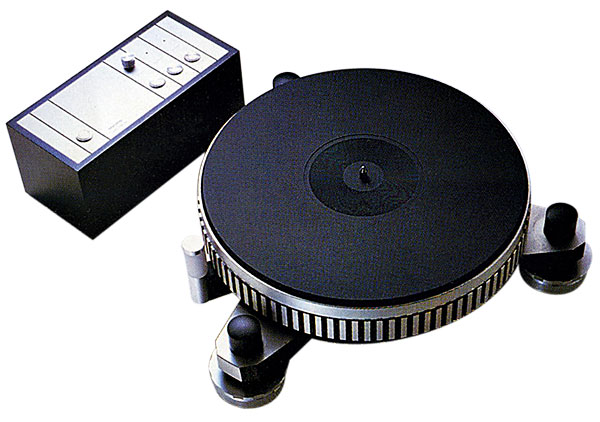
Despite all these newcomers to the scene, the vintage turntable and valve amplifier still draw a lot of interest. Good examples of favoured types, such as the classic Quad QC22/II pre/power amplifiers now command prices in excess of those of their new equivalents, clearly a sign of market maturity. However, it can be seen from other arenas (antique furniture, cars, etc) that mature collectors' markets tend to prioritise originality. A significant quantity of older hi-fi equipment has been repaired, restored and 'upgraded' many times, diluting its originality at each stage. Is your 1960s Quad II with its new set of Chinese valves, re-wound transformers, new resistors and capacitors, flashy new paint job and big loudspeaker binding posts drilled into its side really an artefact of its era? Some of these modifications are unavoidable of course, but for those looking to retain value it may be wise to ensure that repairs are done with sympathy and only where strictly necessary.
The 30-year rule has pulled some of the newer items into this group, making big 1970s transistor amplifiers like the Hitachi HMA-7500, monster receivers such as Technics' SA-1000 and heavyweight direct-drive turntables, such as those from Micro Seiki, firm favourites with a younger group of collectors. 'Made in Japan' is the key phrase here; the quality and reliability of this generation of kit means that much of it can still be coaxed back into life without too much difficulty.
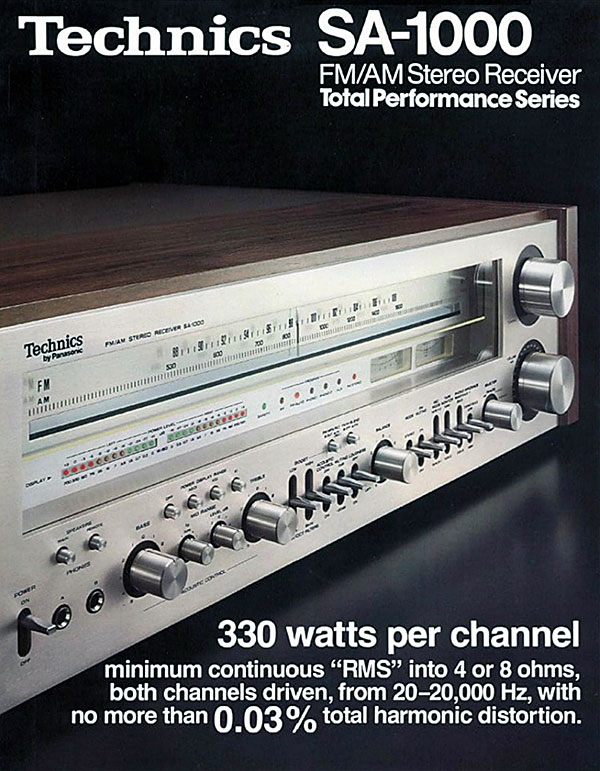
The boom in sales that occurred around the time these components were originally launched means that little in this segment is in any way 'rare', despite what a few over-ambitious sellers may claim. Unlike some of the earlier models, performance levels still tally with modern expectations and interfacing with new equipment is relatively straightforward. Perhaps more importantly, equipment of this type is likely to become central to the hobby in the years to come.
So, What Of The Future?
The good news is that at present there's no shortage of equipment in any category. Indeed, it is likely that more still exists than will ever be restored, keeping availability strong and entry points into the hobby vibrant. What is in short supply are people with the knowledge necessary to get all this equipment working again. Electronics engineers with component-level diagnosis skills are no longer being trained in any quantity, as they once were when trades such as TV repair were commonplace and in demand.
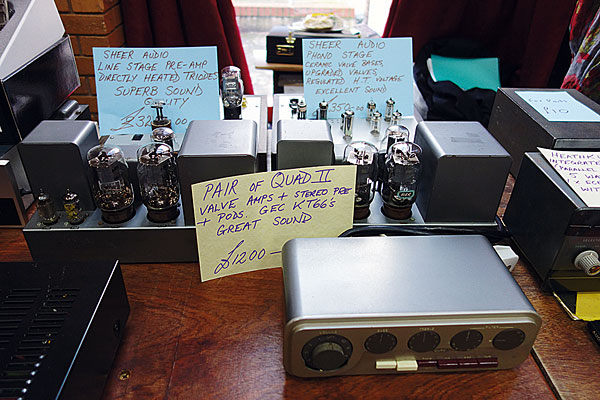
Real Rewards
This has led to desperate and harmful practices, such as the needless blanket replacement of components in faulty equipment, which is at best unnecessarily costly and at worst one which does more harm than good. 'I changed all the capacitors and now it doesn't work' is a common complaint on vintage hi-fi Internet forums and, sadly, it is difficult to recover equipment from such a situation. Ill-advised modifications also seem to be on the rise, often as a work-around for simple problems that are better solved by conventional means.

A younger generation of owners who believe that the Internet will answer any vintage hi-fi problem they may encounter, quickly, accurately and at no cost, will surely become dispirited when they discover this is not the case. The real answers, diligent study and a lot of practice, take time and dedication if one is to make significant headway. For those willing to make the effort, though, there are real rewards waiting to be enjoyed.
For now, vintage hi-fi is a pleasing pastime and one that's open to all. Everything is out there somewhere, so dust off those youthful memories and track down that dream system you always promised yourself. A measured approach and a keen eye are all that are really required. The rest you'll pick up along the way...

